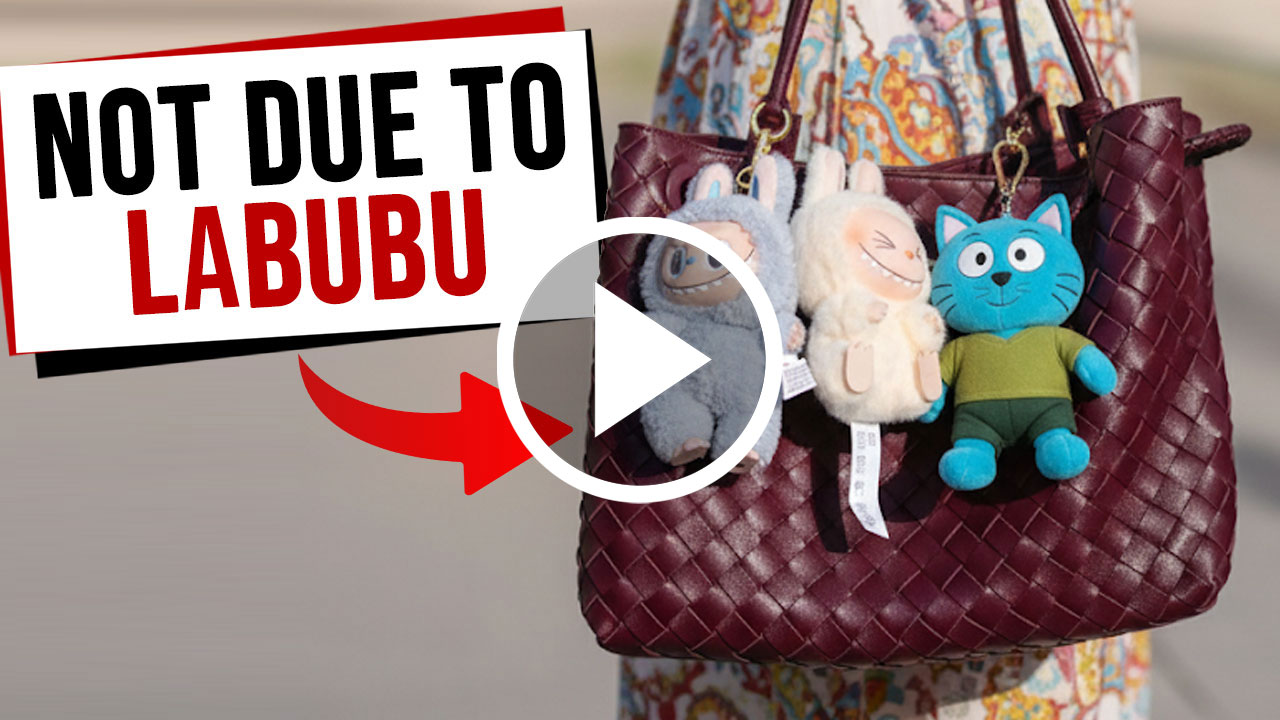At the moment, our two biggest active clusters are the ones linked to Jurong Fishery Port and KTV lounges.
179 infections are linked to the fishery, while the latter has 193 cases.
Yesterday, Health Minister and Lost actor Ong Ye Kung said that the two clusters are linked, but that more details will only be released once investigations are complete.
Thanks to some insider information, however, we may know what that link was.
KTV Social Hostess Reportedly Works in Jurong Fishery Port
A KTV hostess who was recently confirmed to be COVID-19 positive is believed to have worked at Jurong Fishery Port, according to those who work at the seaport.
In an interview with Shin Min Daily News, some workers said they heard that someone at the port had tested positive for COVID-19 as far back as 13 July.
One resident who visited the port that day said there was a lot of discussion about the suspected case.
“We started to worry at that time. Although the fishing port was not closed at that time, I didn’t know if it would become a cluster in the next few days, causing the fishing port to be closed. I didn’t expect it to become like this.”

Workers now claim that the confirmed case was a woman who may be the link between our two biggest clusters.
One fishmonger who spoke to Shin Min said that workers at the seaport believe the first confirmed case in the fishery cluster to be a female worker who was rumoured to be recruited to work at a KTV lounge part-time.
The worker was tasked with backend work at the seaport.
However, this link has yet to be officially confirmed by the health ministry or its minister. Investigations are ongoing.
Other Reasons For High Transmission Rate
As for why the virus spread so rapidly at the seaport, well, there are two possible reasons.
ST reported that some of the port workers had patronised KTV lounges, meaning they could have either brought the disease from the seaport to the lounges, or vice versa.
Secondly, workers and fishmongers who visit the port say mask-wearing rules aren’t always taken seriously at the seaport.
As one worker explained to ST:
“A barrel of fish weighs between 100kg and 120kg and we hand-carry it to our stalls from the lorries. It’s hard labour.
“With sweat pouring down our faces, we sometimes take off our masks for a short period to catch our breaths. When we’re not careful and talk to one other, that’s how the virus spreads,” he said.
According to one fishmonger, when enforcement agents come to carry out checks, everyone pulls their masks up.
But once they leave, the masks go back down.
Fishmongers from all markets are currently being tested for COVID-19 at designated testing centres.
They are required to self-isolate until they receive a negative COVID-19 test result.
The Singapore Food Agency (SFA) reassured residents that there’s enough seafood stocked at supermarkets, and urged them not to panic buy.
Read Also:
Featured Image: CHEN WS / Shutterstock.com




